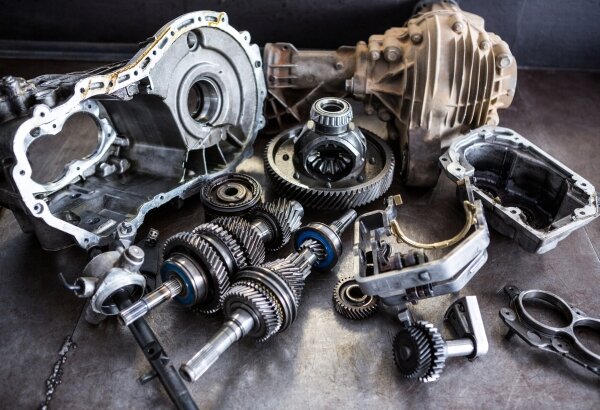
The Auto Parts Market in the USA: Trends, Challenges, and Opportunities
The auto parts market in the United States is a dynamic and ever-evolving sector that plays a crucial role in the country's automotive industry. With millions of vehicles on the road and a constant demand for maintenance and repair, understanding the trends, challenges, and opportunities in this market is essential for both consumers and industry stakeholders.
Overview of the Auto Parts Market
The U.S. auto parts market is one of the largest in the world, valued at over $100 billion annually. This market includes a wide range of products, from replacement parts and accessories to performance upgrades and specialty items. Major categories include:
- Engine Parts: Pistons, filters, and fuel systems.
- Transmission Components: Clutches, gears, and hydraulic parts.
- Body Parts: Bumpers, doors, and fenders.
- Electrical Components: Batteries, starters, and alternators.
- Accessories: Floor mats, seat covers, and audio systems.
Market Segmentation
The market can be segmented into several categories:
- Original Equipment Manufacturer (OEM) Parts: Parts made by the vehicle's manufacturer.
- Aftermarket Parts: Third-party parts that can be either branded or generic.
- Performance Parts: Upgraded components designed to enhance vehicle performance.
- Recycled Parts: Used components that are refurbished for resale.
Key Trends in the Auto Parts Market
1. E-Commerce Growth
The rise of e-commerce has transformed the way consumers purchase auto parts. Online platforms like Amazon, RockAuto, and AutoZone have made it easier for consumers to find and order parts, often at competitive prices. The convenience of home delivery and extensive product selections has fueled this growth.
2. Shift Towards Electric Vehicles (EVs)
As the automotive industry transitions to electric vehicles, the auto parts market is also evolving. Manufacturers are focusing on developing components specifically for EVs, such as batteries, electric motors, and regenerative braking systems. This shift presents opportunities for companies to innovate and capture new market segments.
3. Increasing Demand for Sustainable Parts
Environmental concerns are driving demand for sustainable and eco-friendly auto parts. Many consumers are seeking recycled or low-impact products. Companies that focus on sustainability can differentiate themselves and attract environmentally conscious buyers.
4. Technological Advancements
The integration of technology in vehicles, such as advanced driver-assistance systems (ADAS) and connected car features, requires new types of auto parts. This trend is prompting manufacturers to invest in research and development to keep up with rapidly changing technology.
Challenges Facing the Auto Parts Market
1. Supply Chain Disruptions
The COVID-19 pandemic highlighted vulnerabilities in global supply chains, leading to shortages of critical auto parts. As the industry recovers, businesses must navigate ongoing supply chain challenges, including rising costs and logistical delays.
2. Competition from Online Retailers
Brick-and-mortar retailers face intense competition from online sellers who often offer lower prices and greater convenience. Traditional retailers must adapt by enhancing their online presence and improving customer service to retain market share.
3. Regulatory Compliance
The auto parts industry is subject to stringent regulations concerning safety, emissions, and recycling. Companies must stay compliant with federal and state regulations, which can increase operational costs and complexity.
Opportunities for Growth
1. Market Expansion
The increasing number of vehicles on the road, combined with rising maintenance and repair needs, presents a significant opportunity for growth in the auto parts market. Companies can expand their offerings to cater to this growing demand.
2. Partnerships and Collaborations
Forming strategic partnerships with automotive manufacturers, technology companies, and online retailers can enhance product offerings and market reach. Collaborations can also foster innovation and improve supply chain resilience.
3. Investment in Technology
Investing in new technologies, such as artificial intelligence and machine learning, can improve inventory management and customer experience. Companies can leverage data analytics to better understand consumer behavior and optimize their product offerings.
Conclusion
The auto parts market in the USA is a complex and rapidly changing landscape, influenced by technological advancements, consumer preferences, and economic conditions. While challenges such as supply chain disruptions and intense competition exist, numerous opportunities for growth and innovation await those willing to adapt. As the automotive industry continues to evolve, staying informed about market trends and consumer demands will be key for businesses aiming to thrive in this sector.
By understanding these dynamics, stakeholders can position themselves strategically to capitalize on the lucrative auto parts market in the United States.



